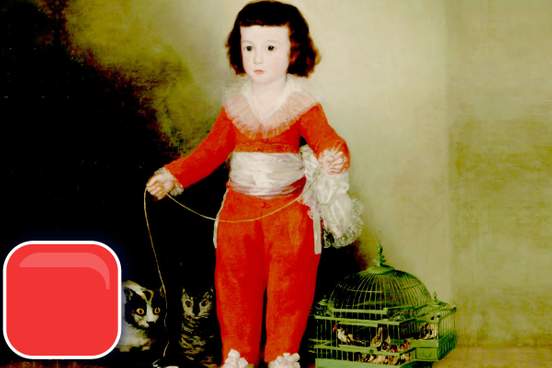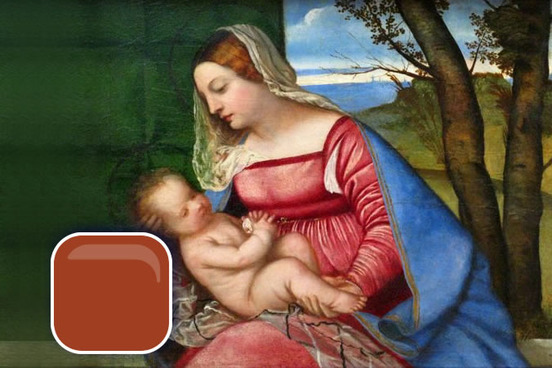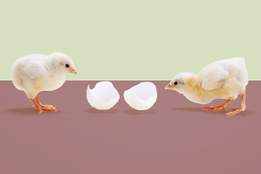Color:
Vivid reddish orange
About the Word:
Spanish painter Francisco José de Goya y Lucientes (who painted in the late 1700s and early 1800s) was so fond of this vibrant color that vermilion also became known as goya.
The word vermilion traces to the Late Latin vermiculus, meaning "kermes." Kermes are the dried bodies of insects (of the genus Kermes) used to produce this ancient red dye.
Full Definition:
: a strong red that is deeper than geranium, yellower and deeper than geranium red, and bluer and deeper than average cherry red
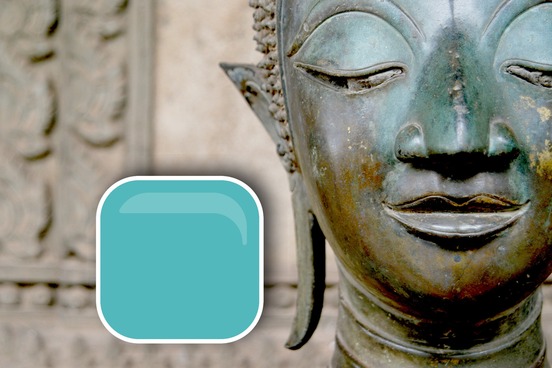
Verdigris Green
Color:
Yellowish green
About the Word:
Verdigris came into English in the 14th century from the Anglo-French vert de Grece, literally, "green of Greece." Ancient Greeks manufactured this pigment by hanging copper plates over hot vinegar in a sealed container.
When copper naturally oxidizes, a verdigris green film forms on its surface—as it has, for example, on the Statue of Liberty.
Full Definition:
: a moderate yellowish green that is greener, lighter, and stronger than tarragon or average almond green and paler and slightly greener than malachite green
Color:
Brownish orange
About the Word:
In the paintings of the great sixteenth-century Italian artist Tiziano Vecellio, called Titian, women often have distinctively brownish-orange hair. Such depictions (including "Madonna and Child," shown here) inspired the color name titian.
Full Definition:
: a brownish orange that is less strong, slightly yellower and lighter than spice, slightly yellower and lighter than prairie brown or Windsor tan, and slightly redder and darker than amber brown or gold pheasant

Bisque
Color:
Light grayish brown
About the Word:
Bisque is probably a shortened and altered form of biscuit (meaning "earthenware or porcelain after the first firing and before glazing"), which comes in turn from the Anglo-French (pain) besquit, "twice-cooked bread." One example of twice-cooked bread, a teething biscuit, can indeed be the color of such earthenware.
Full Definition:
: a light grayish brown especially used in textiles
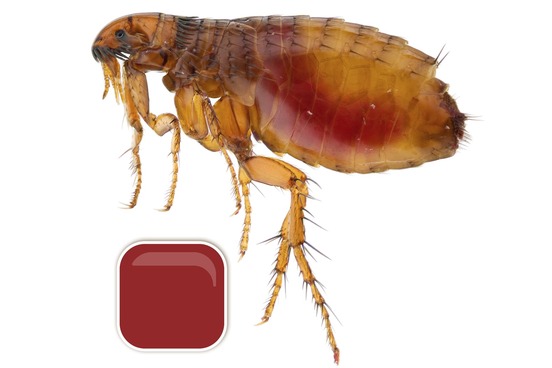
Puce
Color:
Dark red
About the Word:
Puce entered English from French, where puce translates as "flea."
The relationship between the flea and the color is complicated (and over the centuries has involved "flea" as a sexual metaphor) but almost certainly one connection is the flea's hunger for blood.
Full Definition:
: a dark red that is yellower and less strong than cranberry, paler and slightly yellower than average garnet, bluer, less strong, and slightly lighter than pomegranate, and bluer and paler than average wine
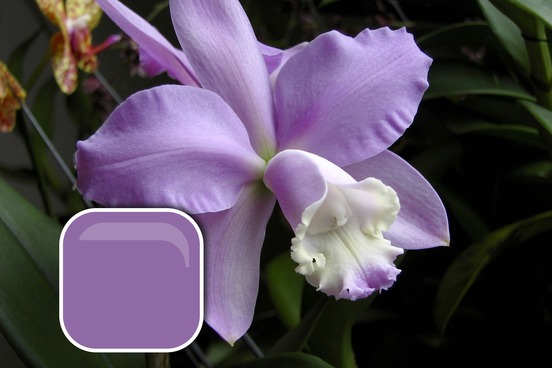
Cattleya
Color:
Medium purple
About the Word:
This color comes from a kind of orchid named for William Cattley, a patron of botany whose enthusiasm for orchids helped fuel a British craze for the flowers in the 1700s. The most common form of one of Cattley's original orchids (the cattleya labiata) highlights the color cattleya.
Full Definition:
: a moderate purple that is redder and paler than heliotrope, bluer and paler than average amethyst, and paler and slightly bluer than manganese violet
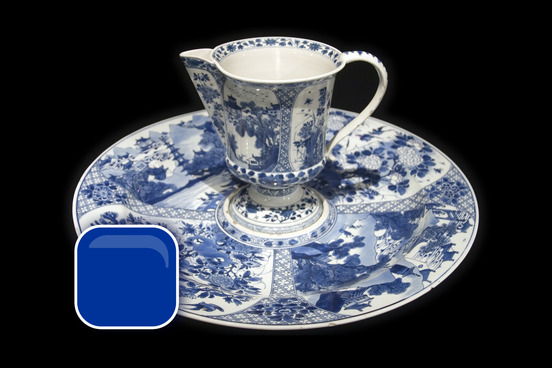
Smalt
Color:
Medium blue
About the Word:
The color name comes from the blue glass of the same name. Smalt is created by fusing together—melting—potassium carbonate, silica, and cobalt oxide; the word's Germanic ancestor means "to melt."
Full Definition:
: a moderate blue that is redder and duller than average copen, redder and deeper than azurite blue, Dresden blue, or pompadour, and greener and deeper than luster blue
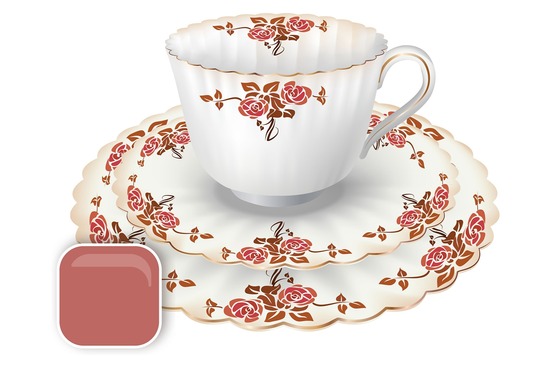
Damask
Color:
Grayish red
About the Word:
It may or may not have originated in Damascus, but the name of the damask rose—a flower that traveled to Europe during the Middle Ages—honors that Syrian city. The hue of the blossom lives on as a color name.
Full Definition:
: a grayish red that is bluer than bois de rose, bluer, lighter, and stronger than blush rose, and bluer and deeper than Pompeian red or appleblossom
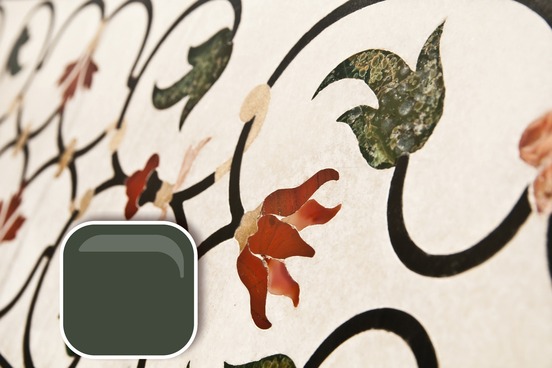
Jasper
Color:
Blackish green
About the Word:
The color name jasper comes from the name of the opaque quartz stone called jasper. The ancient Hebrew word from which jasper comes may have meant something like "glittering" or "polish."
Full Definition:
: a blackish green that is bluer than cannon
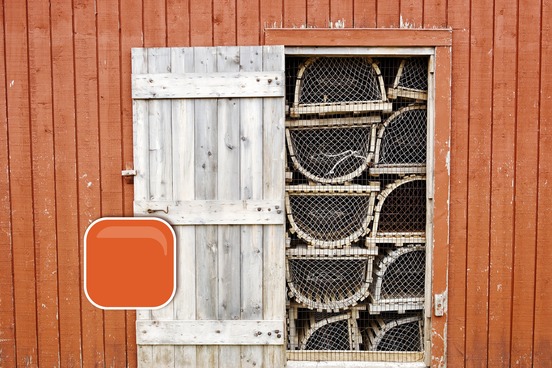
Bittersweet
Color:
Deep reddish orange
About the Word:
The oval berries of the European bittersweet plant taste first sweetish, and then bitter. But it was the American plant called "false bittersweet," with its orangey-colored fruits, that inspired the color name bittersweet.
Full Definition:
: a deep orange that is deeper than bittersweet orange; a dark to deep reddish orange
